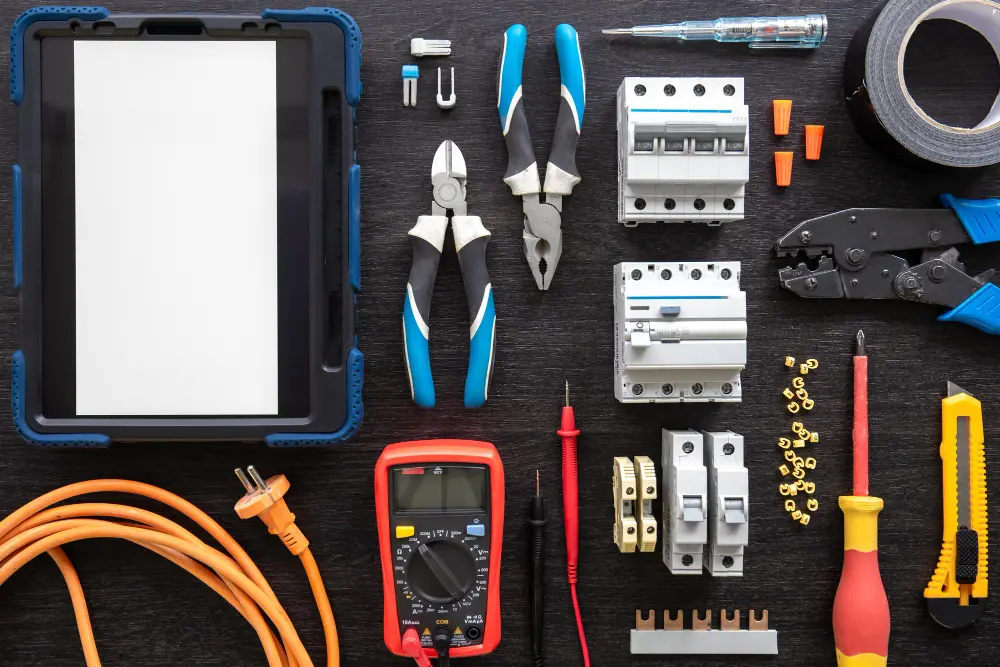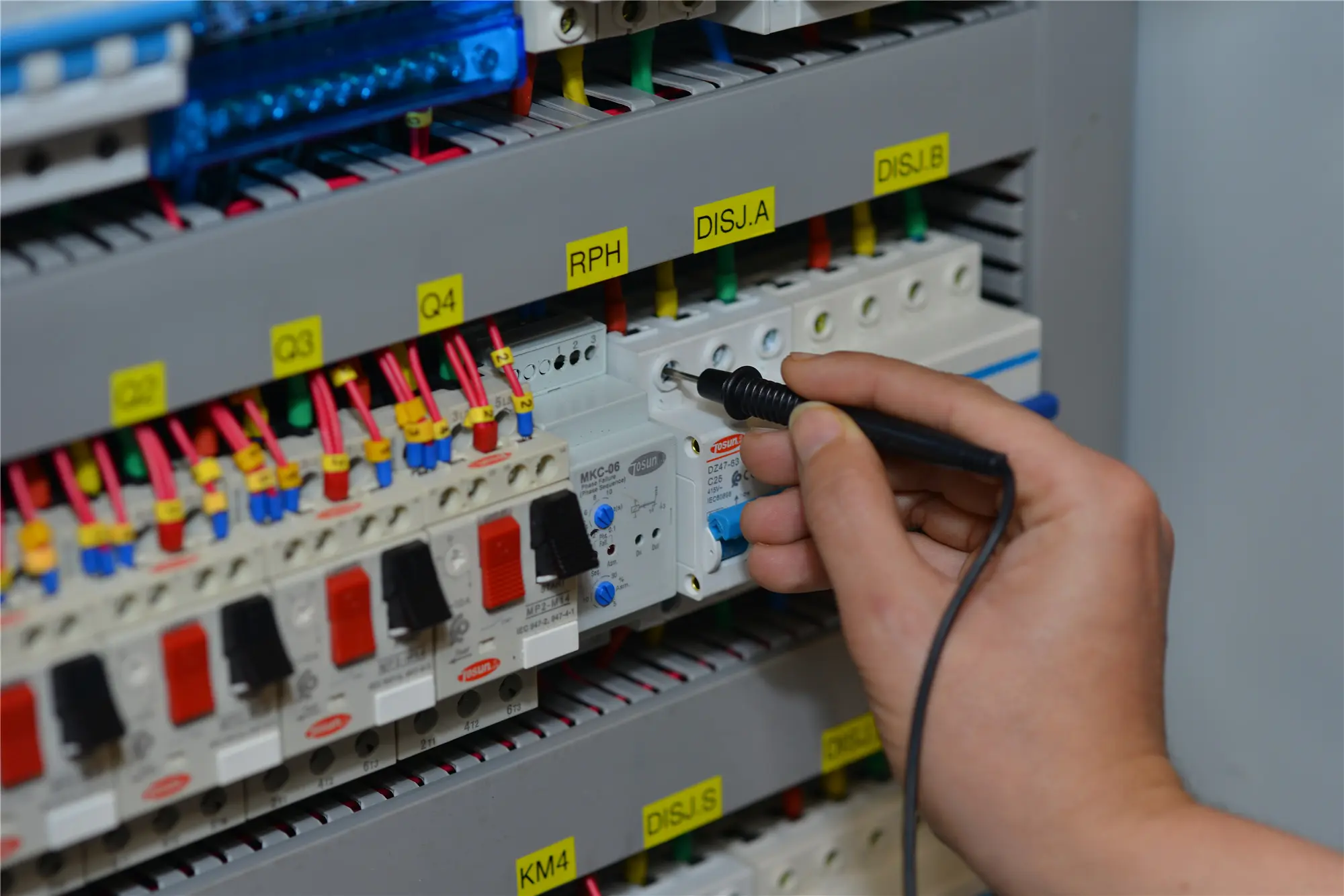Do Outdoor Outlets Need To Be On Their Own Circuit?
Table of Contents
ToggleIt is not necessary for outdoor connectors to have their own separate circuit. Because of safety issues, many people actually prefer independent circuitry. There are many problems concerning outdoor networks. This page will help you to understand those, as well as the safety rules that you should properly comply with.
Whenever it relates to exterior power outlets, you must adhere to relevant electrical regulations. It is not necessary for outside power devices to use their own separate circuits. For exterior plugs, only one condition is that they must be GFCI-protected and positioned at least 100 feet away from swimming pools. When users have met all of the other requirements of the electromagnetic compiler, that doesn’t imply that users can’t install them.
Is It Necessary To Put GFCI Outlets Outside?
Build an outside plug rather than extend an ethernet cable outdoors. Outdoor plugs make it much easier to connect to outside equipment and lights. This section will walk you through the steps of establishing an outside electrical device while using electricity from an inside outlet. GFCI connections are also required by the National Electrical Standards for exterior circuits.
Outdoor plugs must be GFCI compatible, as per the National Electric Code NEC. Outdoor plugs are similar to interior plugs in that they use their own set of NEC criteria. They must comply with any of these regulations just for the sake of safety and also to avoid any problems caused by faulty wiring. Outdoor outlets must be GFCI-protected, as per the National Electrical Code. As they’ll be exposed to the elements on a frequent basis, outdoor receptacles should be waterproof. They should also be capable of withstanding rainfall and other bad weather.
These can no longer retain energy if they get moist and if something occurs to them, except if they wear out or break. This results in an earth fault, which is a sudden electrical burst. The circuit breaker has the potential to kill or injure anyone who comes into contact with it. A GFCI socket is constructed in such a way that it can identify dramatic changes in the current that flows through all of it. If there is still a problem only with electrical charge, this will turn off any attached appliances to avoid any danger or harm.
attributed to the reason that they have been continually subjected to rainfall and some other external environment that could create a fault current. Outside plugs must be GFCI protected. The purpose of these devices is to stop the flow of electricity in the case of a sudden electric burst.
Electrical outside plugs do not need to be elevated to a certain height. Nevertheless, they may only be placed up to a height of 6 to 12 feet high. This implies your outside outlets could be placed anywhere at an elevation of between meters.
Is It Necessary To Have Conduits For External Electric Cables?
Only some UF wires must be buried immediately throughout the underground at a depth of approximately 25 cm. All data transfer cables for house phone lines or the internet, including pools but also swimming pools if users have them, should be a minimum of 10 feet above the ground.
For safety purposes, most main electrical lines should be at least 20-25 feet above the surface of water or even a jumping pad. Since there are no pebbles, wiring in such a lake is possible. It isn’t safe unless there are stones.
Wires placed in flexible steel or flexible metal conduits should be at least 50 percent of a meter below the ground surface. PVC conduit cabling should be installed a foot or a quarter below ground level.
Is It Necessary To Separate The Circuits For Lights And Outlets?
Lighting systems and plugs do not have to be on different circuits, as per the NEC. Since they must be GFCI-compliant, they are already on different tracks. Outdoor lights and plugs do not have to be on different circuits, as per the NEC. You could still put these on separate switches if you just want to. To acquire a different take on the issue, you should consult an electrician. Users have complete control.
What Is The Best Way To Establish An Outside Outlet?
This guide will explain how and where to install an outside outlet on your property. The NEC regulations for outside outlets should comply with both the NEC and the construction rules. The circuitry throughout the kitchenette, toilet and washing area is never tapped on.
How to transfer most of the household electrical power from such an interior connection to an outside outlet. Verify by using a voltmeter checker to see if electricity is still flowing across your plugs. After you’ve reconnected to the outside socket, turn the engine again on. Several circuits could be connected using the GFCI wire.
When installing an outside power cable, users must first unplug the inside outlet from their house. Before attaching the fresh copper cable, remember to remove at least half an inch of insulating material from the copper cables. There are numerous outlets that could be protected by the GFCI.
Circuit separation isn’t necessary for outdoor plugs. There is a requirement for GFCI protection, which could be either a breaker or even a wall-mounted “outlet on a pushbutton” device. As an alternative to walking through the ice, outside outlets can sometimes be regulated by flicking breakers.
Interior Outlets Rewiring
You’ll need to make a pigtail connector if the box has 2 pairs of cables. A cable stripper would be used to retrieve 1/2-inch of insulation from each cable once the wire wrapping has been replaced. Whether you have 3 pairs of wires, they must be reconnected to their previous location.
Reduce the wire sheathing’s inner side to 1/2-inch. Attach the additional wires white to silver as well as black to gold-to an accessible connection. Put the sticky tape around each cable connector for further safety. Link the two grounding leads using a grounded cable connection. If another socket initially had only a single pair of wires, reattach it to the very same connections. Remove a 6-inch-long section of wire & peel 1/2-inch of insulation from the endpoints to accomplish this.
Tel: +86-577-88671000
E-mail: ceo@tosun.com
Skype: tosunelectric
Wechat: +86-139 6881 9286
WhatsApp: +86-139 0587 7291
Address: Room No.1001 Wenzhou Fortune Center,Station Road, Wenzhou, China
REQUEST A QUOTE
WhatsApp us
 : +86-139 0587 7291
: +86-139 0587 7291 English
English Español
Español Русский
Русский Français
Français العربية
العربية Português do Brasil
Português do Brasil Українська
Українська Türkçe
Türkçe Polski
Polski Nederlands
Nederlands Italiano
Italiano Bahasa Indonesia
Bahasa Indonesia हिन्दी
हिन्दी اردو
اردو አማርኛ
አማርኛ Հայերեն
Հայերեն ไทย
ไทย Монгол
Монгол فارسی
فارسی Shqip
Shqip Ελληνικά
Ελληνικά


